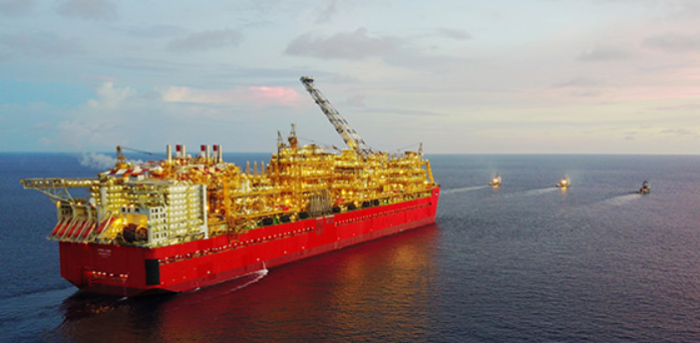According to Wook Mackenzie, despite its small share of the total LNG market, floating LNG (FLNG) has provided outsized interest in recent years. This happened as its offers lower capital investment and manageable costs, especially in frontier regions. Nevertheless, WoodMac added that future project opportunities are in short supply.
Specifically, after a review of the global FLNG, Wood Mackenzie believes that future project opportunities are in short supply as FLNG competes for capital and buyers in a busy LNG market.
Liam Kelleher, research analyst, Global LNG, explains:
The post-2014 oil price crash and the view that the LNG market was oversupplied saw sanctioned volumes of new-supply LNG drop considerably between 2015 and 2017. Throughout these stagnant years, FLNG was a bright spot in the market and gained industry confidence – three of the seven major projects to take FID between 2015 and 2018 were FLNG developments
[smlsubform prepend=”GET THE SAFETY4SEA IN YOUR INBOX!” showname=false emailtxt=”” emailholder=”Enter your email address” showsubmit=true submittxt=”Submit” jsthanks=false thankyou=”Thank you for subscribing to our mailing list”]
Nevertheless, it has not been all easy for the FLNG sector, as it faces several challenges. Namely, governments are worried by the transfer of jobs to foreign shipyards during construction and to offshore workers during operation. This has increased onshore developments rather than FLNG, with projects including Abadi (Indonesia), Greater Sunrise (Timor Leste/Australia) and Tanzania being key examples of this trend.
Mr. Kelleher added that the lack of economy of scale could limit FLNG projects to small-scale and remote developments as it competes for buyers, financing and partners in a busy LNG marketplace.
Nonetheless, he concluded that FLNG has established itself as a credible development option. For this reason more experience and cost reduction are required, in order to spawn new projects in an otherwise quiet FLNG FID outlook.




























































